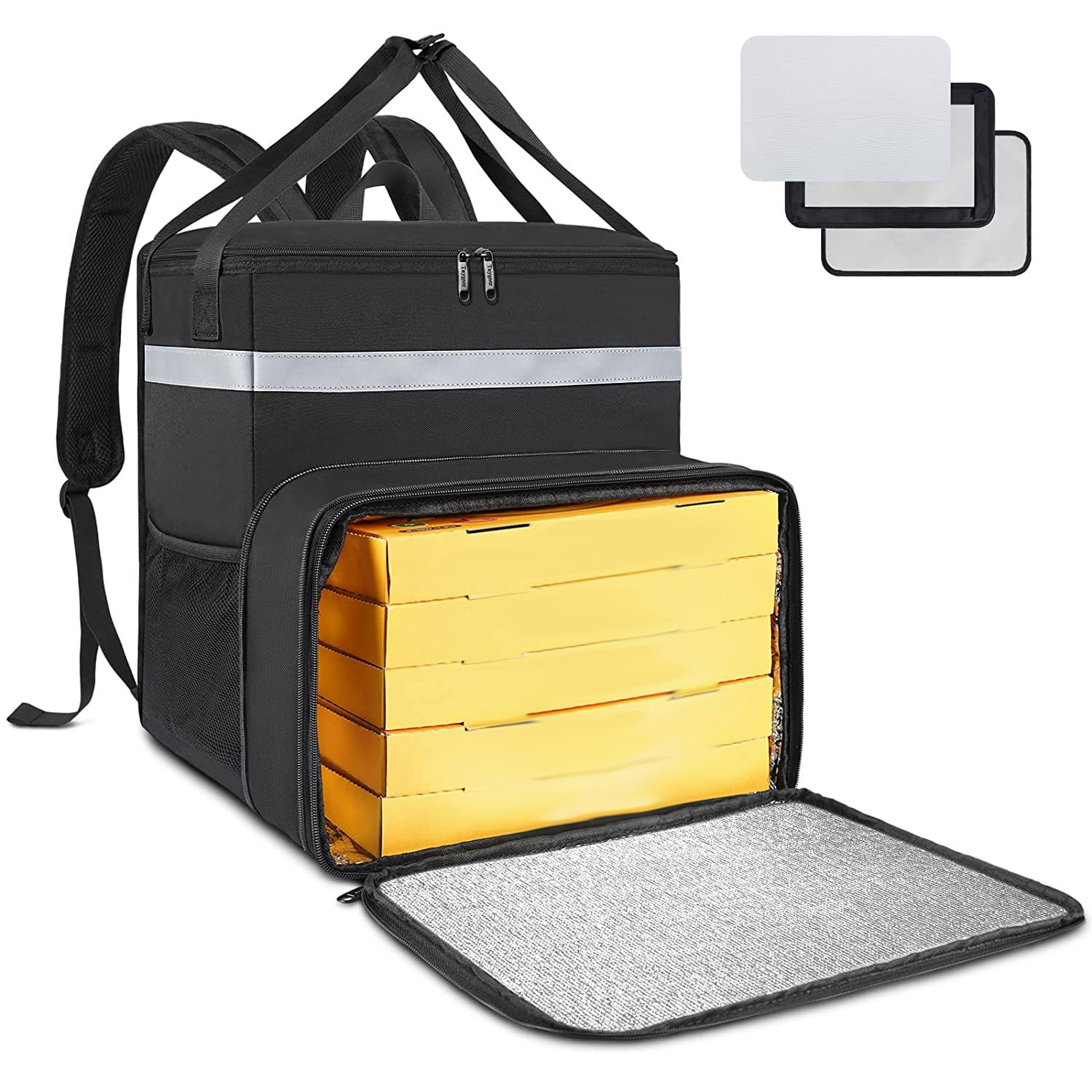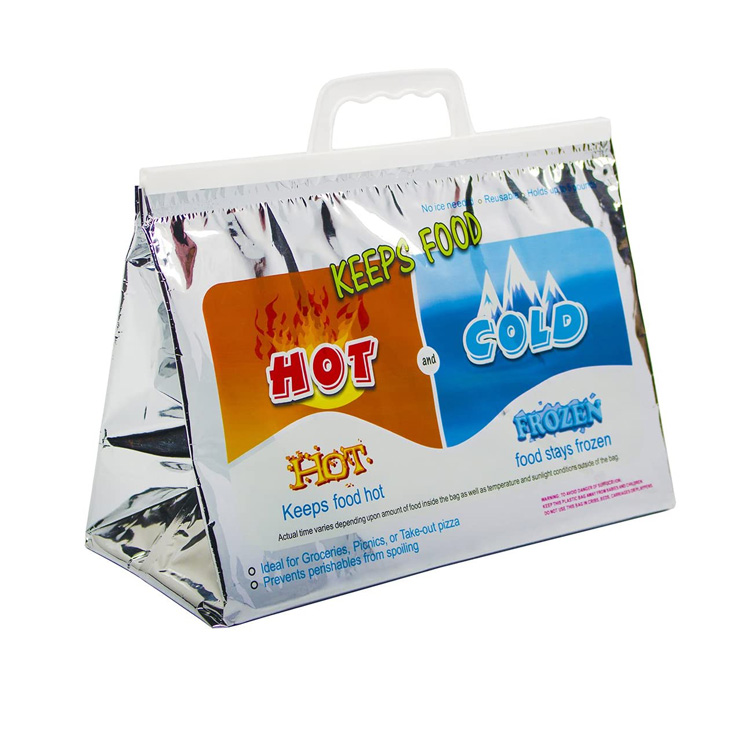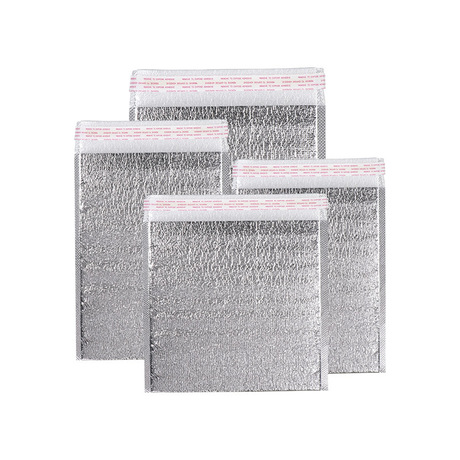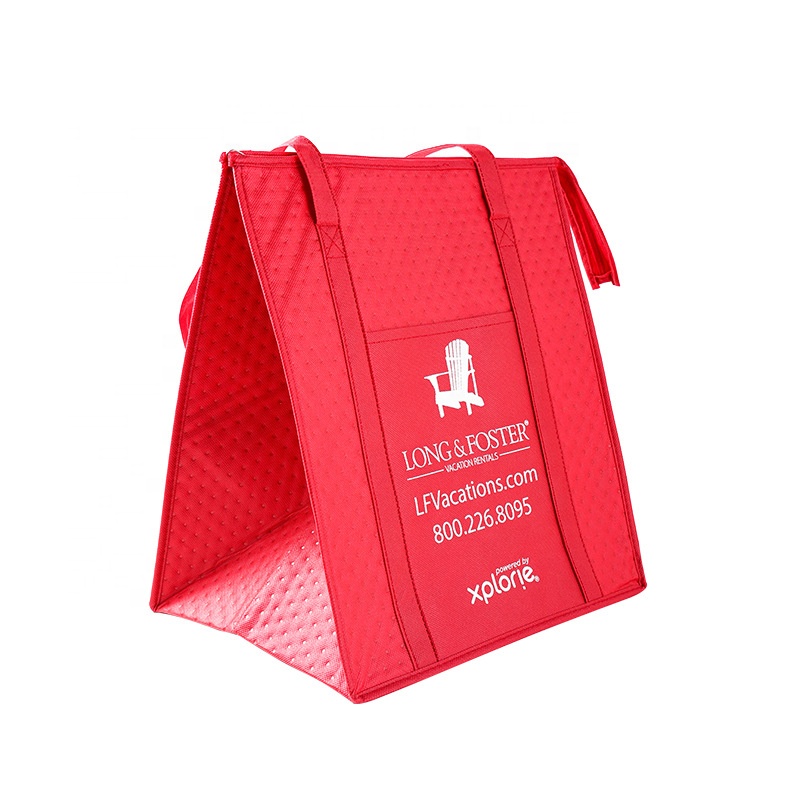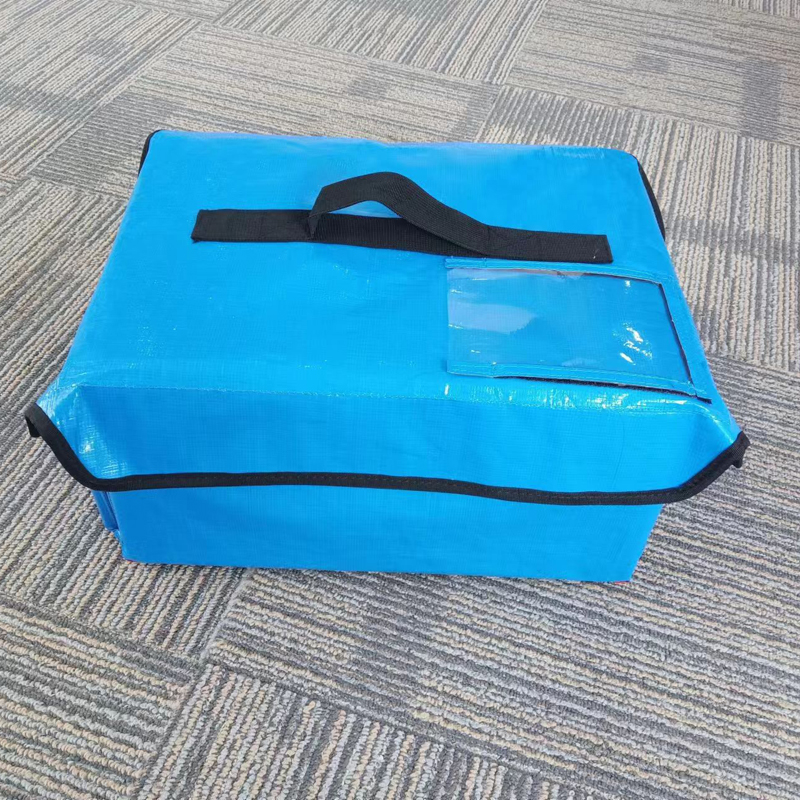As the world surpasses 18 billion doses of COVID-19 vaccines transported and fresh food e-commerce markets exceed $500 Milliarde, cold chain packaging has emerged as a cornerstone of modern civilization. This multidisciplinary technology—integrating materials science, thermodynamics, and digital monitoring—is redefining the fundamentals of global logistics for temperature-sensitive goods.
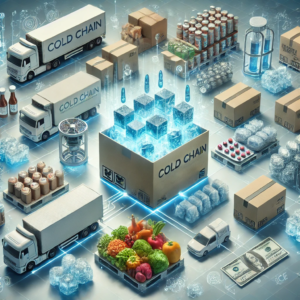
1. The Science of Thermal Defense
Cold chain packaging transcends traditional insulation by creating dynamic thermal barriers. Modern systems combine phase change materials (PCMs) with vacuum-insulated panels (VIPs), achieving precision unheard of in conventional methods. Zum Beispiel, bio-based PCMs now maintain temperatures between -70°C to +25°C mit ±0.5°C accuracy, critical for mRNA vaccines like Pfizer-BioNTech’s COVID-19 shots. Such innovations have slashed vaccine efficacy loss rates from 15% Zu 0.03%, ensuring near-perfect delivery integrity.
2. Cutting-Edge Innovations Reshaping the Industry
A. Intelligent Monitoring Systems
Fourth-generation cold chain solutions embed IoT-enabled microsensors, wie zum Beispiel continuous temperature monitoring units (CTMUs), which transmit real-time data at 0.1°C resolution. Pfizer’s TrackVax system reduced vaccine spoilage from 5% Zu 0.4% in 2021, saving millions of doses.
B. Sustainable Material Breakthroughs
Traditional EPS foam is being replaced by bioengineered polylactic acid (PLA), cutting carbon footprints by 67% while boosting compressive strength by 40%. Moderna’s pilot program using mycelium-based packaging—fully biodegradable within 30 days post-transport—showcases the shift toward circular economies.
C. Active Temperature Regulation
Miniaturized Stirling coolers, developed by DARPA and now commercialized, enable on-demand temperature adjustments. These coin-sized devices use semiconductor materials to stabilize cargo environments, even in extreme climates.
3. Sector-Specific Impacts
- Pharmaceuticals: Ultra-low-temperature (-70°C) shipping for mRNA therapies now achieves 99.97% reliability, aufwärts von 85% with legacy systems.
- Food Supply Chains: Blockchain-integrated cold chains reduced global food waste by 12% in 2022, as seen in Maersk’s smart container deployments.
- Biologika: Cryogenic solutions using liquid nitrogen vapor phase tech extend the viability of stem cell shipments to 14 Tage, A 300% improvement.
4. Overcoming Global Challenges
A. Smart Predictive Logistics
AI algorithms now predict supply chain disruptions with 92% accuracy, rerouting shipments proactively. UPS’s Premier Blue service leverages machine learning to cut temperature excursions by 63%.
B. Carbon-Neutral Innovations
Companies like Cold Chain Technologies are adopting reusable PCM panels, eliminating 80% of single-use packaging waste. In der Zwischenzeit, solar-powered refrigeration units are cutting diesel dependency in emerging markets.
C. Regulatory Compliance
With 37 countries tightening cold chain regulations since 2020, ISO 23412:2022-certified packaging ensures compliance across borders, avoiding $2.8 billion in annual fines for pharma giants.
5. The Road Ahead
Von 2030, the cold chain packaging market is projected to reach $48 Milliarde, driven by gene therapies requiring -150°C storage and drone-based last-mile delivery. Innovations like self-healing aerogels and quantum dot temperature tags promise to further revolutionize the field.
Abschluss
Cold chain packaging is no longer just a logistical tool—it’s a strategic asset safeguarding global health and commerce. As climate change and pandemics test supply chains, investments in smart, sustainable systems will determine which industries thrive. From lab to consumer, the cold chain’s evolution is writing a new chapter in humanity’s quest to master time and temperature.







